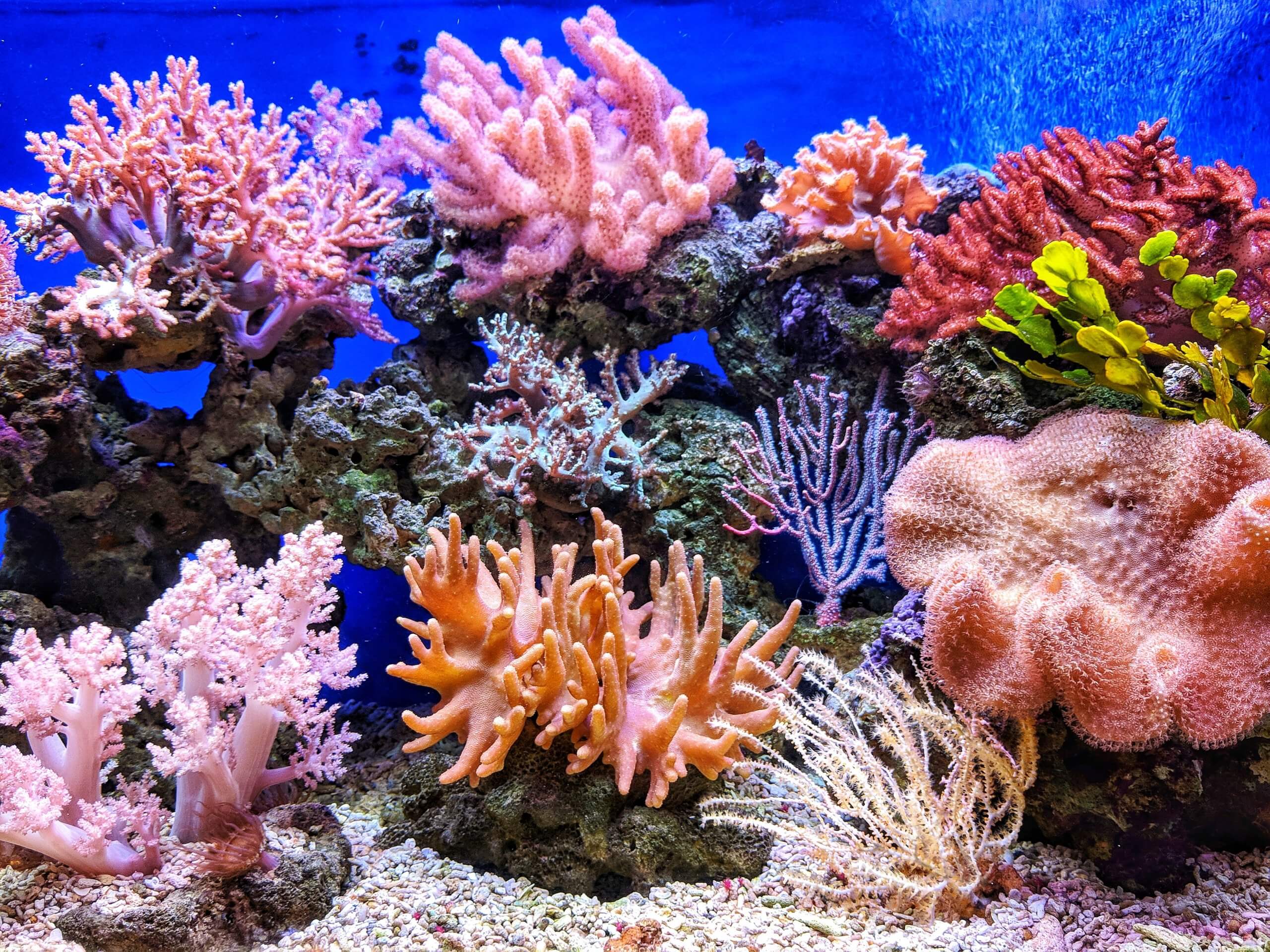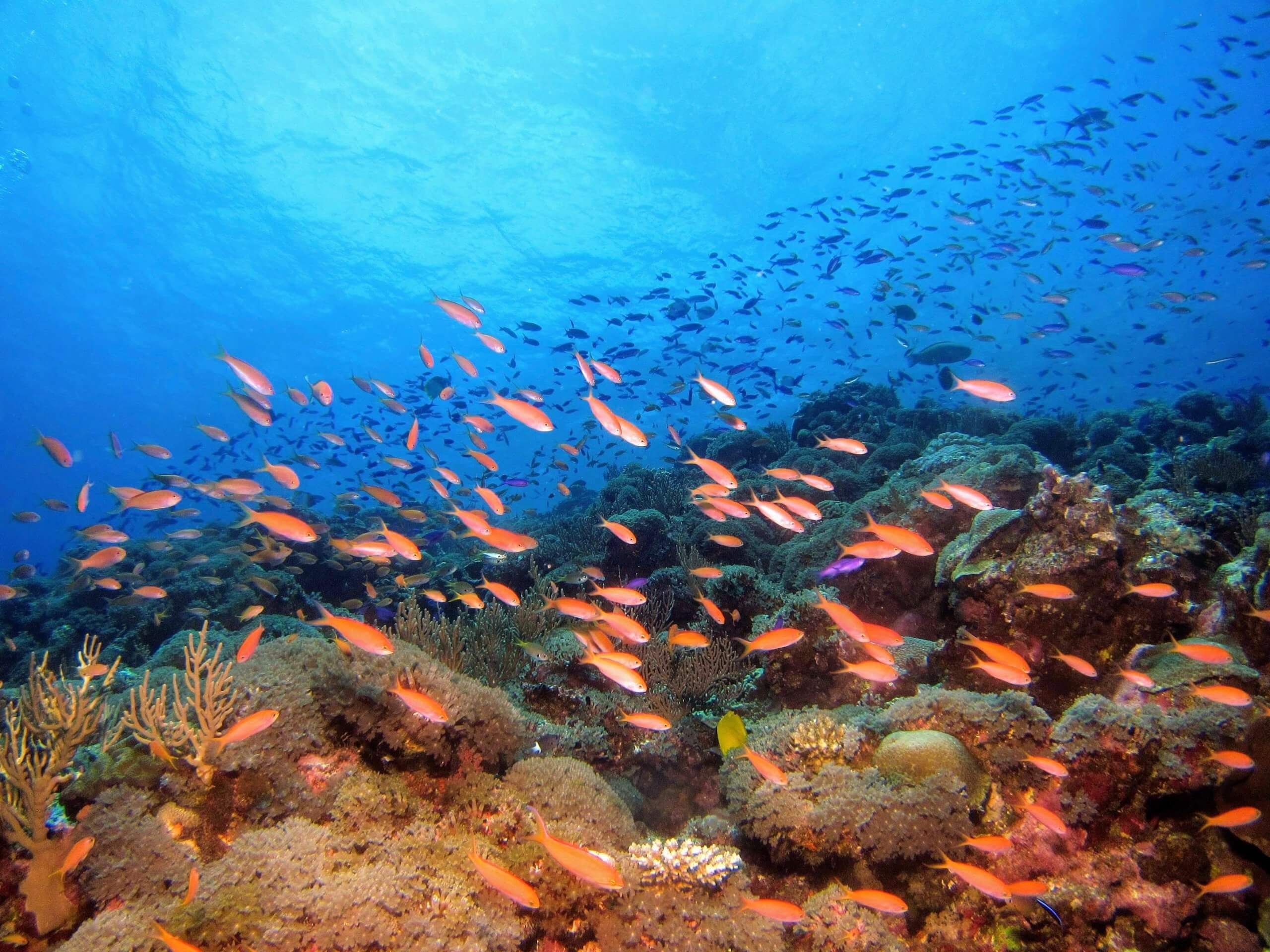Good news from the world's most famous coral reef: an Australian report indicates that large parts of the Great Barrier Reef are undergoing significant recovery. But alongside the success, the evidence also points to some worrying findings that should be dived into

Everyone loves coral reefs. They are beautiful, they are diverse and constantly changing, and they are different from everything we are familiar with. But in recent years, disturbing verbs have also been added to the concept of "coral reefs": coral reefs are being damaged, deteriorating and even dying.
And so, good news from the reef segment, like those that came with Australian Institute of Marine Science (AIMS) report, They are quite rare in the research landscape. After many years of deterioration in the condition of the most famous coral reef in the world, Great Barrier Reef in Australia, the report shows a significant improvement in the condition of large parts of it, which is reflected in the increase in the amount of corals and also in the decrease in mortality rates. However, alongside the good news there are also some new-old reasons for concern.
The Xi'an reef
The Great Barrier Reef is the largest coral reef system on Earth and one of the most important habitats for marine creatures: it stretches for 2,300 kilometers along the northeastern coastline of Australia, and is a habitat for thousands of protected species and a wide biological diversity of about 400 coral species, 1,500 species of fish and 5,000 species of molluscs.
The most significant threat to this reef is the warming of the ocean water, which is caused by the climate crisis, and which creates Coral bleaching: The increase in water temperature may cause the algae, which are responsible for the energy consumption and the color of the corals, to leave them, leaving the reefs white - a process that may lead to the widespread death of corals. "An increase of 2-1 degrees in the water temperature is enough for an entire reef to undergo bleaching," notes Prof. Maoz Payne from the Hebrew University and the Inter-University Institute of Marine Sciences in Eilat.
According to Data from the Center for Coral Reef Studies (ARC), of the extensive bleaching event in 2016, only about 7 percent of the corals on the Great Barrier Reef were not affected by the bleaching at all, and 100-60 percent of the corals, mostly in the northern part of the reef, were severely bleached. Moreover, the increase in water temperature causedFive mass bleaching events In the Australian reef, in 1998, 2002, 2016, 2017 and 2020.
The new report Check and monitor the condition of 87 separate reefs (within the Great Barrier Reef) for 10 months, by using a common measure in research: assessing the percentage The live coral cover (areas that are covered by corals, and not by sponges, algae or other creatures).
careful recovery
According to the report, about two-thirds of the coral reefs in the central and northern part of the barrier reef showed the best signs of recovery in 36 years. The recovery was manifested in the fact that fewer corals died, and the coral cover continued to grow, especially in the central and northern areas of the reef. In the report, it is explained that the main reasons for the recovery are a small number of unusual events that hit the region in these years, such as Tsaklon storms for example, and relatively low heat loads in 2020 and 2022.
The report indicates that the increase in global temperatures has the most central role in the process of coral bleaching and in the deterioration of the condition of reefs in the world. "It proves to us that a lower temperature of the sea water allows the coral reef to recover," Payne testifies. "This is further proof that the high temperature is the number one threat to the reefs and the health of the corals."
The importance of variety
However, Payne also seeks to temper the enthusiasm, explaining that the report could be misleading if misread. "The researchers wrote that there is an increase in the living cover of the corals, meaning that there is a relative increase in the amount of area with live corals compared to the period before," he says, "but they did not say the same about the variety of corals."

Indeed, according to the report, the corals that were recovered are mainly of one type, Shit (Acropora), which occupy a lot of space and grow quickly. so whats the problem? "The variety of other species found in the reef is significantly lower than the situation before the sequence of bleaching events. Therefore, the coverage index is accepted all over the world, but it is not enough; The health of the reef is also measured in diversity, and not just in the animal cover," Payne explains. "Therefore, it cannot be said that the reef is only in good condition: its diversity is low and the corals that do grow within it are extremely sensitive to water temperatures and extreme weather."
Another alarming figure that emerges from the report concerns a certain area of the reef, where deterioration actually occurred: in the southern area, which is known to have a higher coral cover than the other two areas - the coverage dropped from 38 percent in 2021 to 34 percent in 2022.
Different reefs, different problems
Here in Israel, the situation is a little different. The coral reef in Eilat shows relatively high immunity to the increase in global temperature. However, this mode has some caveats: Israeli research From the last summer it is revealed that the deep reefs in Eilat do not enjoy the same immunity, and do not constitute a refuge area for the corals from the rise in global temperatures, as they believed until now. In addition to this, the corals of Eilat are attacked by other, diverse straits: Pollution light, Oil pollution, pollution due to fertilizers and more.
According to Payne, despite the problems that are unique to this language - it nevertheless enjoys relative immunity, which must be hurried and taken advantage of. "We have a tremendous opportunity to preserve the reef even in an era of rising global temperatures; An opportunity that does not exist in Australia", he testifies, and adds. "We need to reduce to the minimum possible the entire list of vulnerabilities in the reef, but unfortunately we are not doing it enough."
More of the topic in Hayadan:
